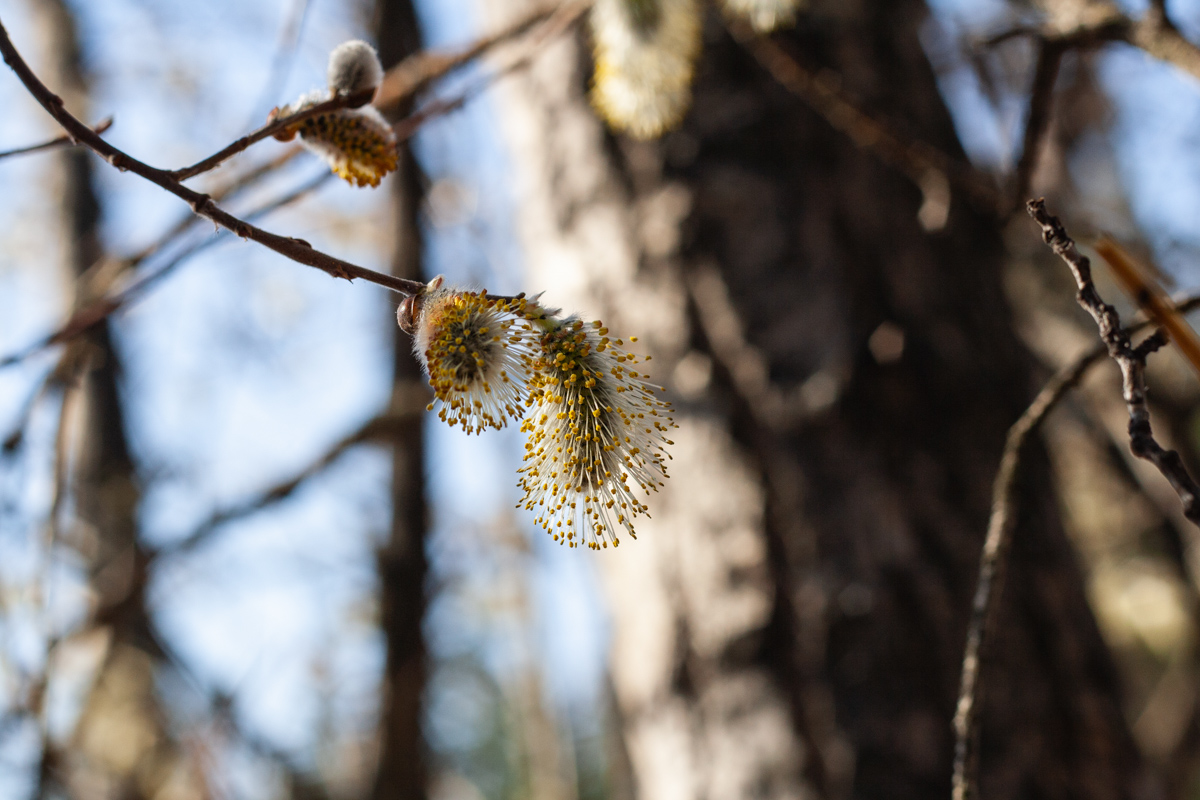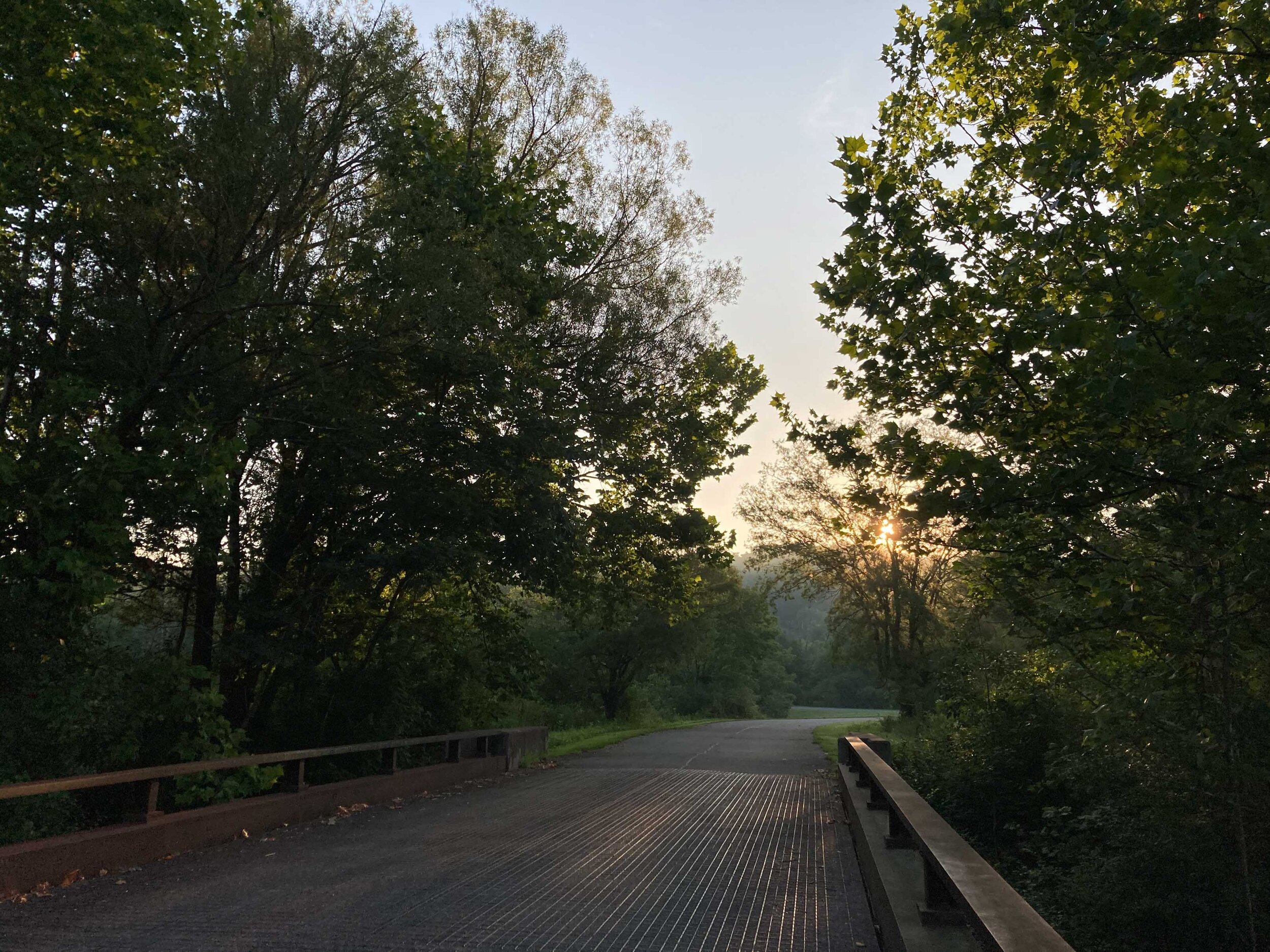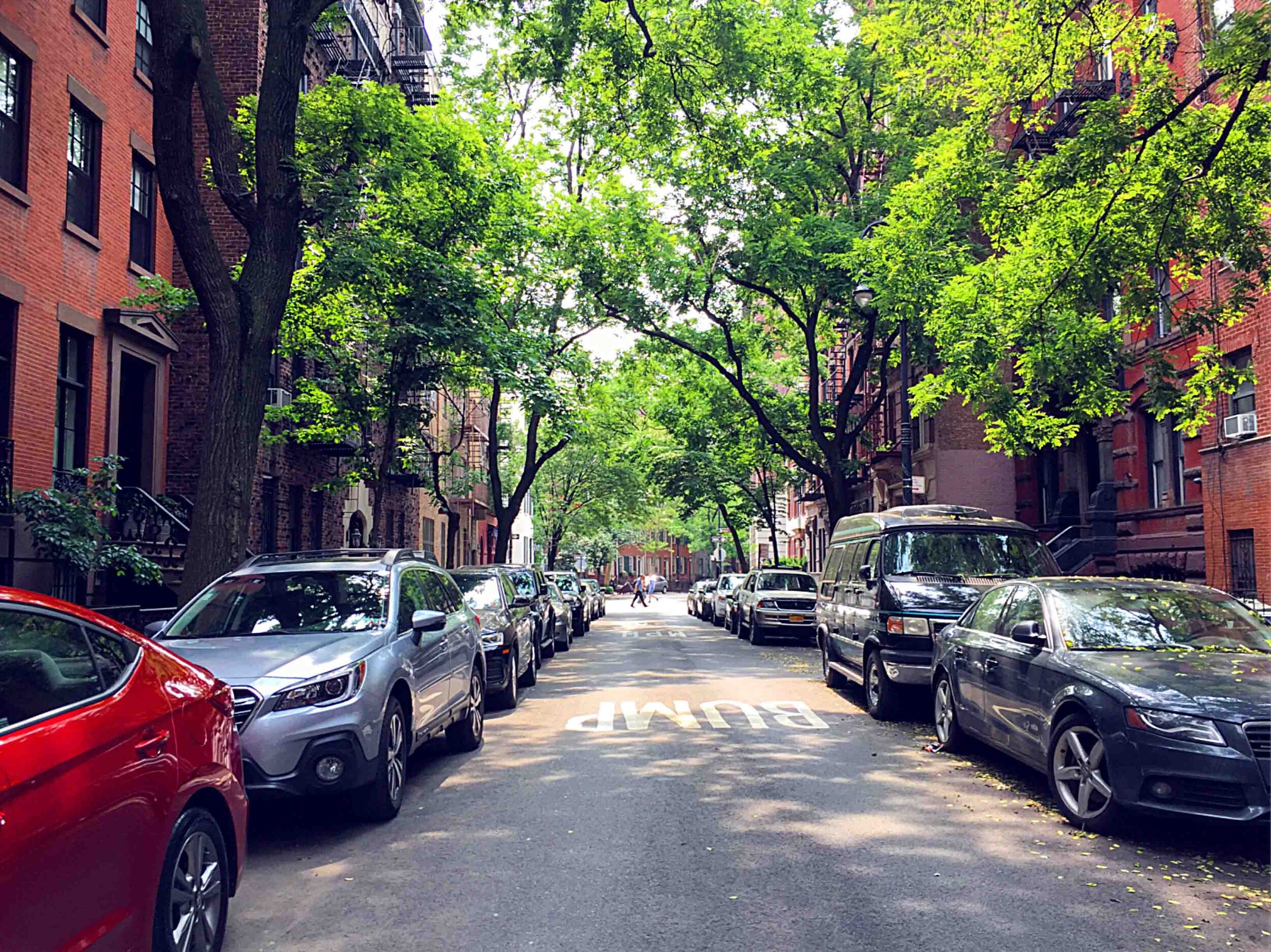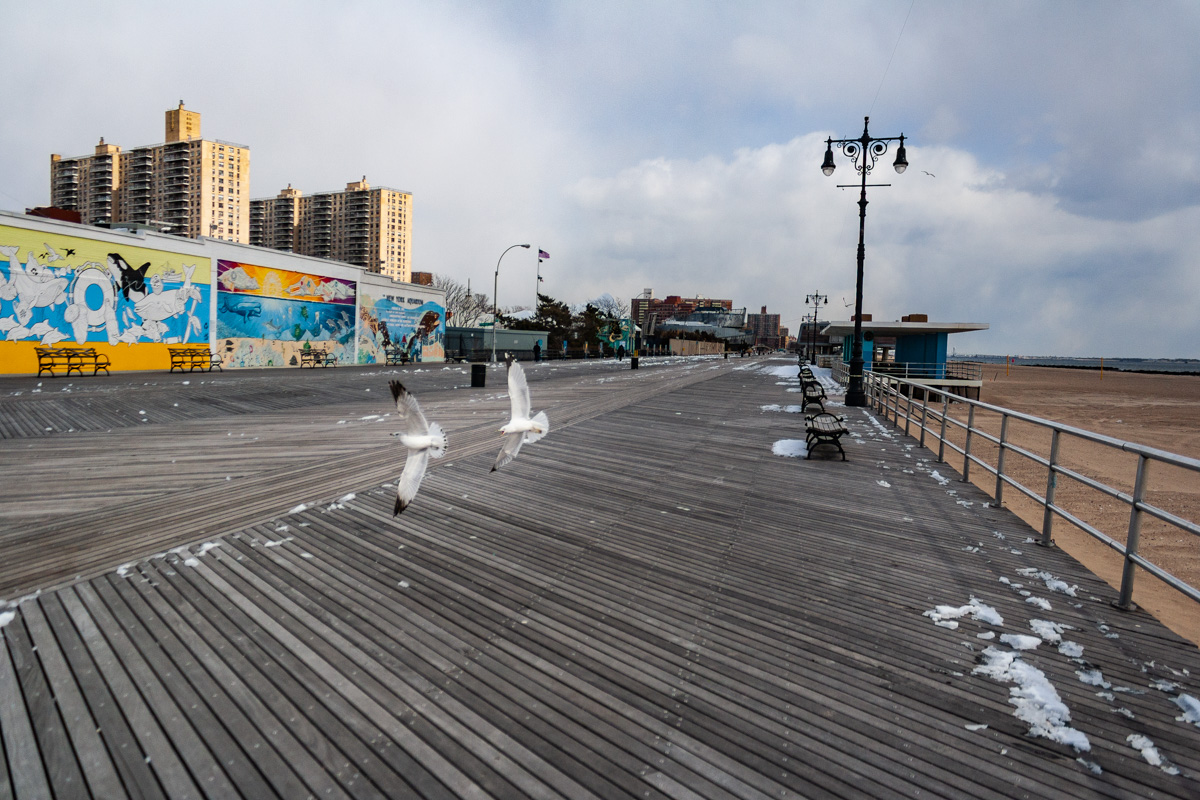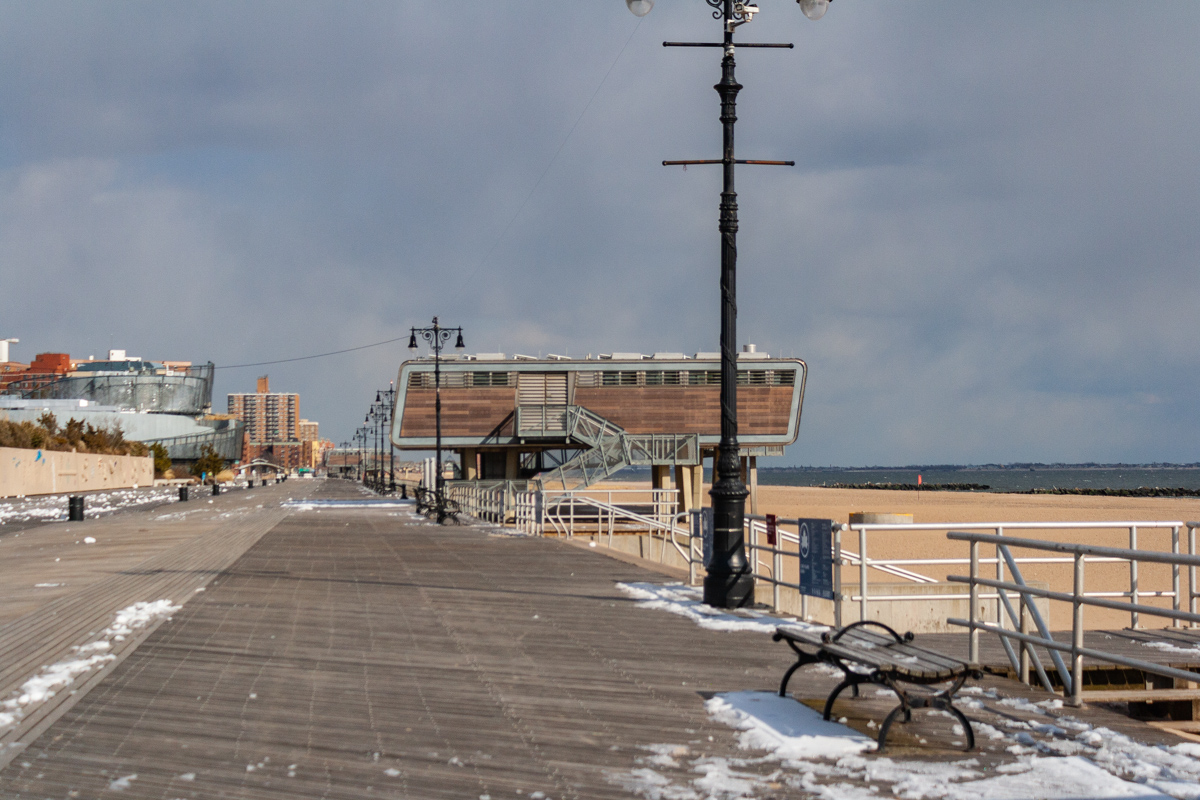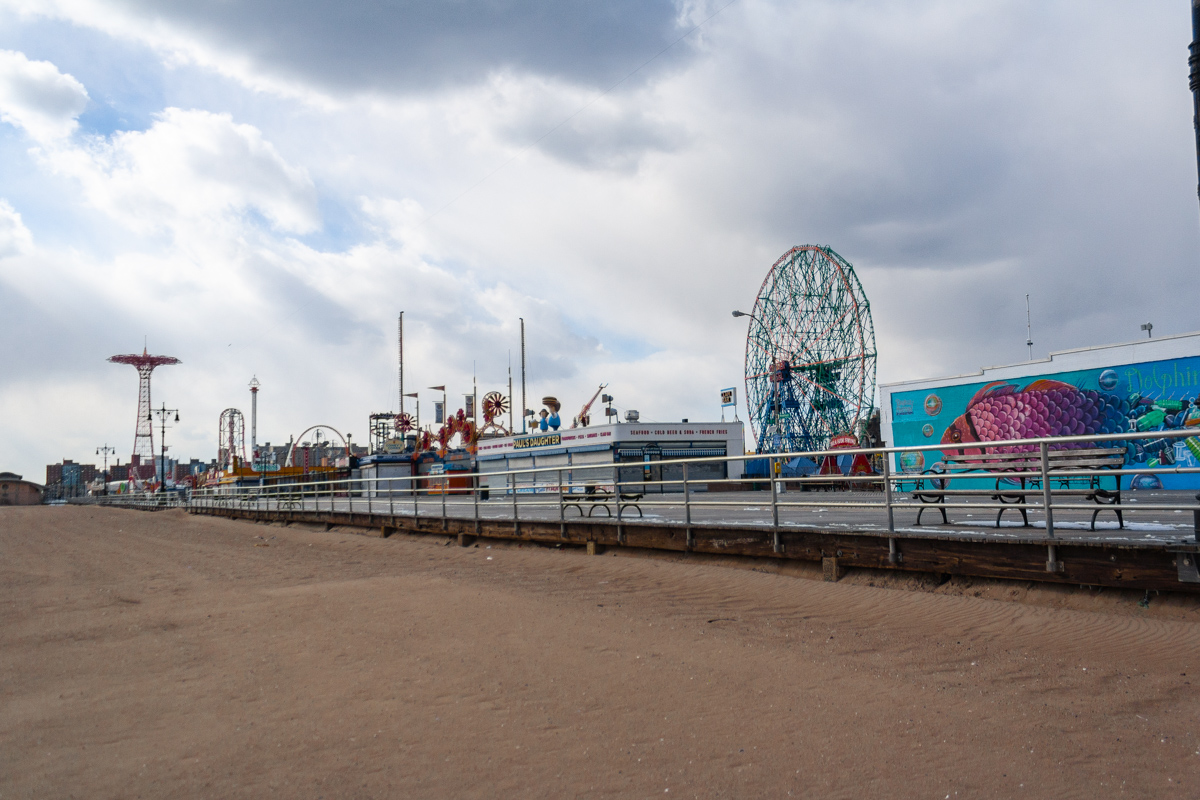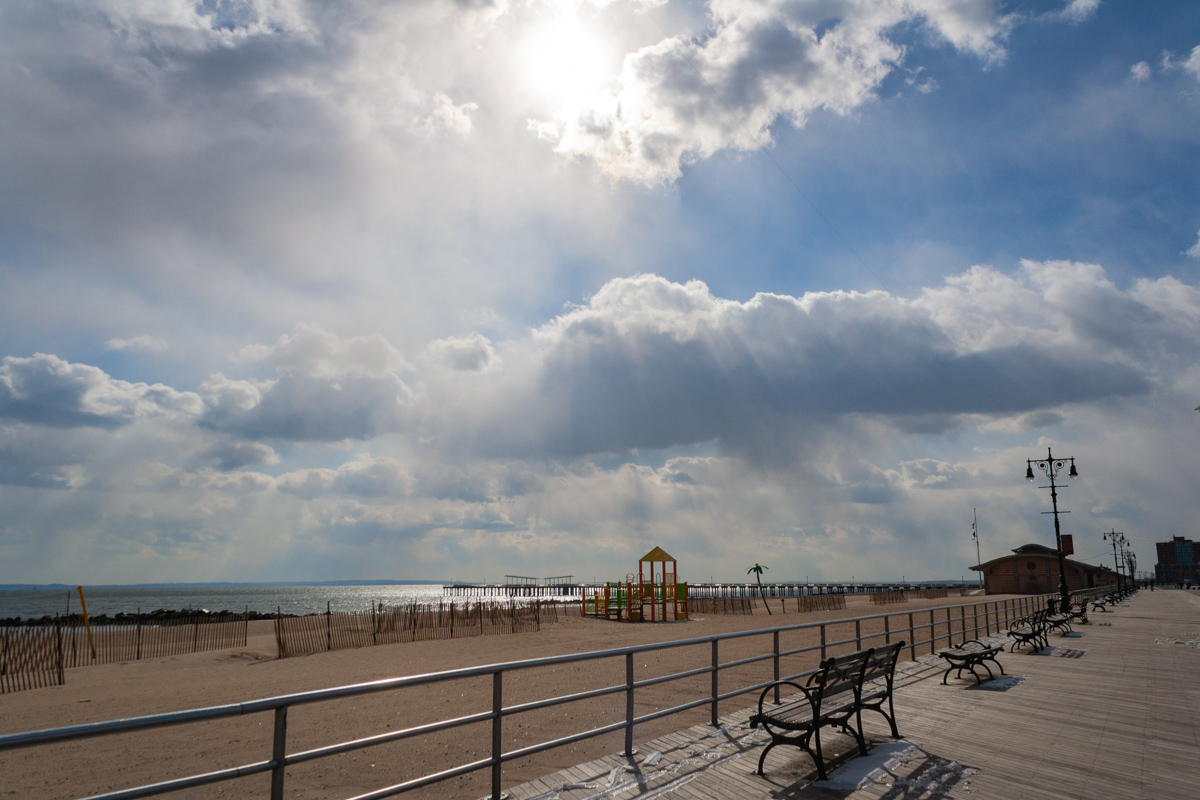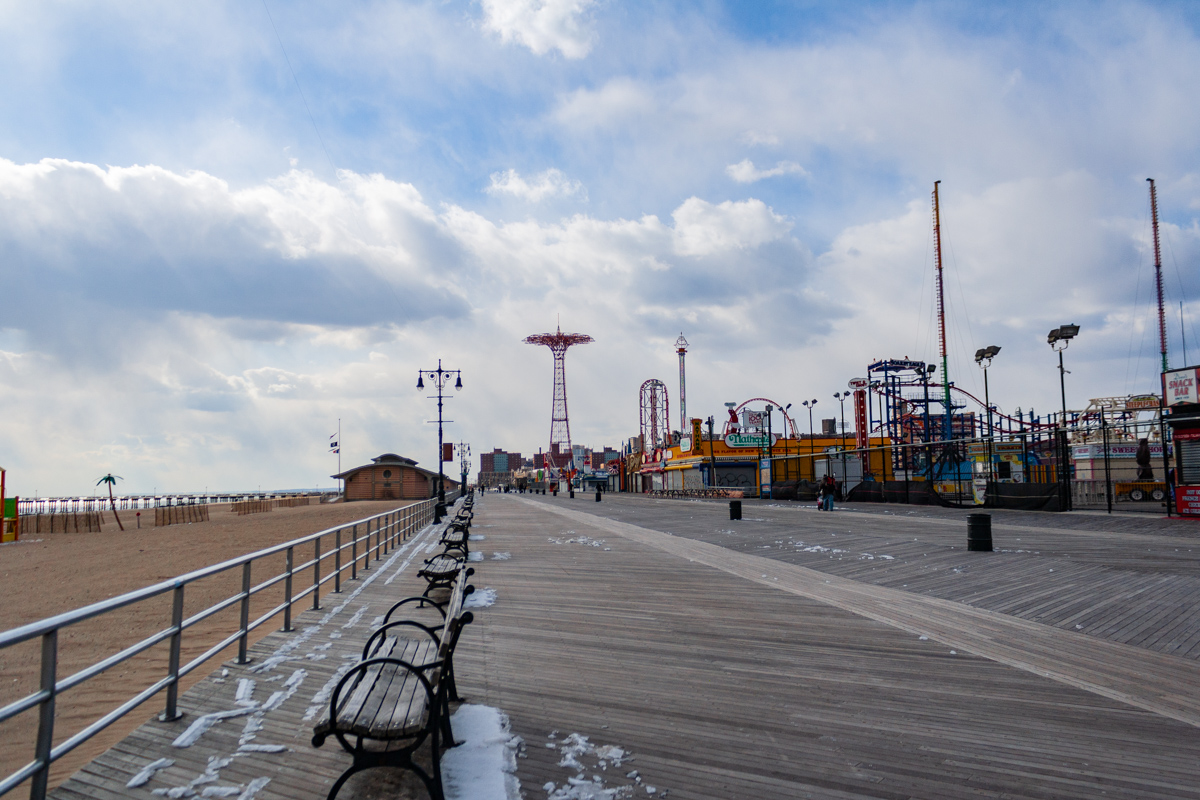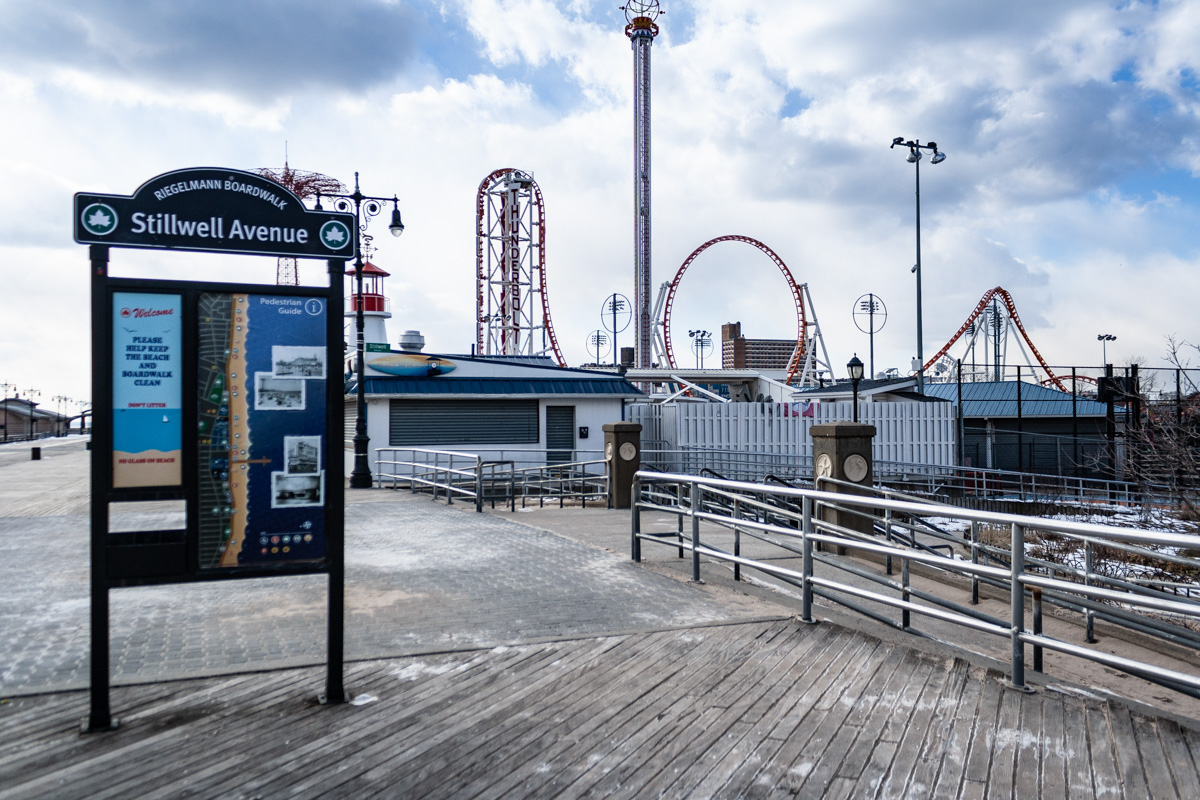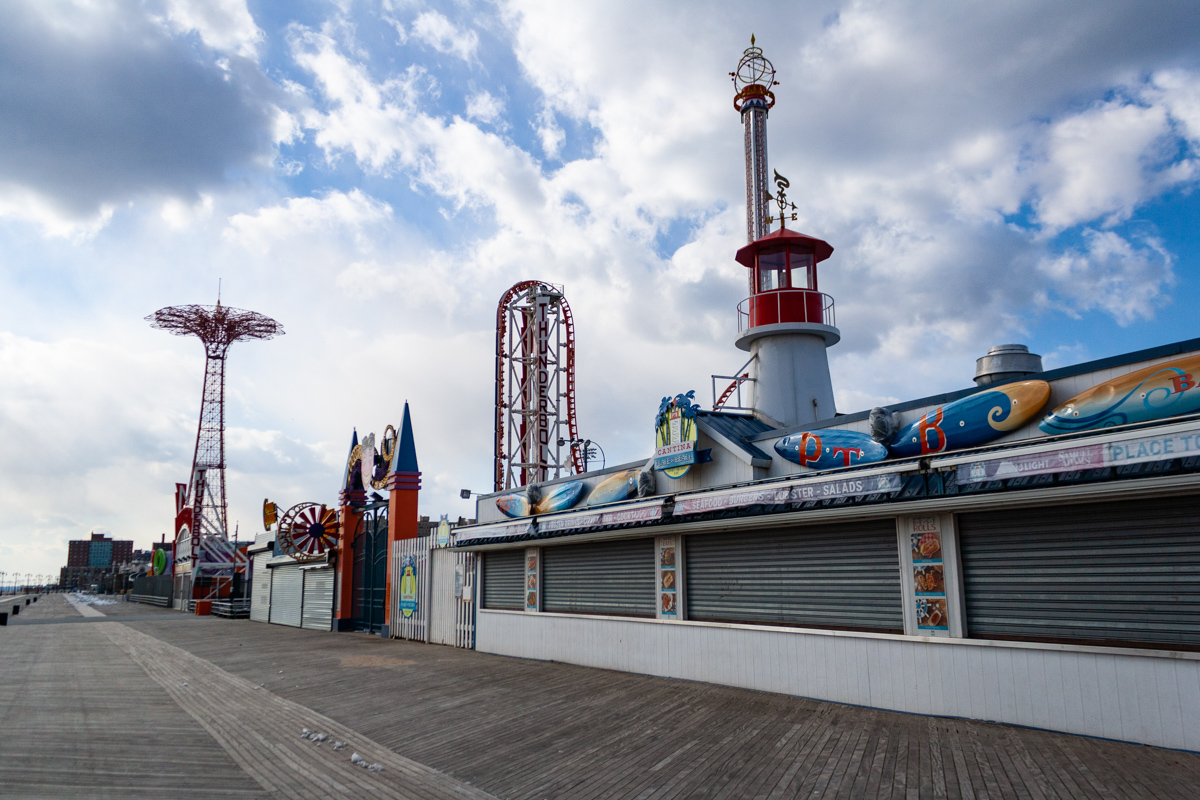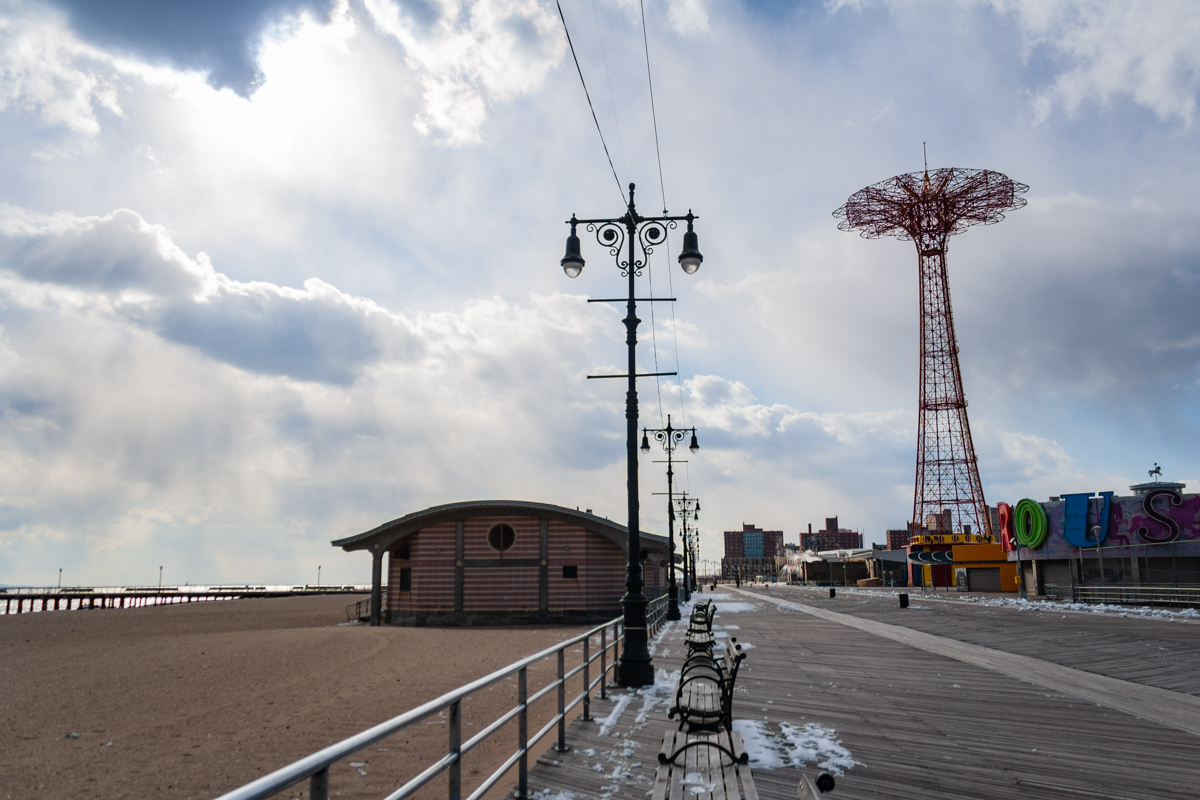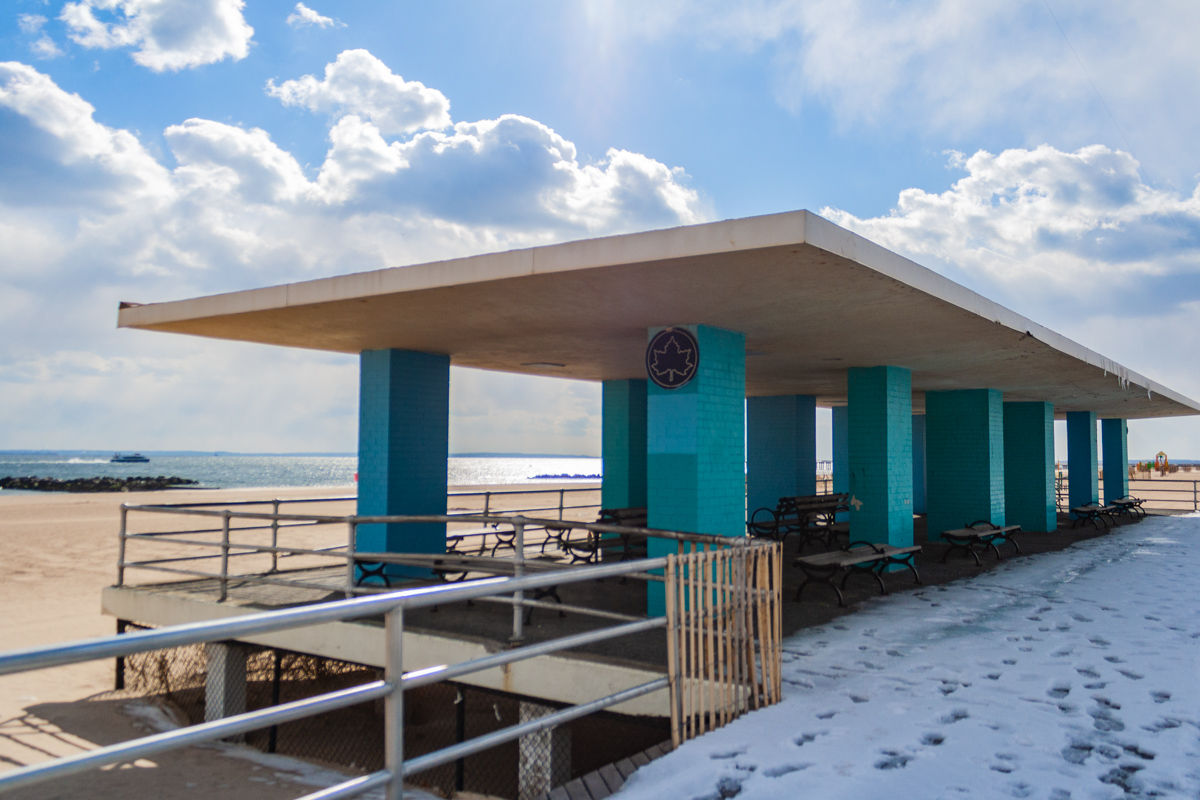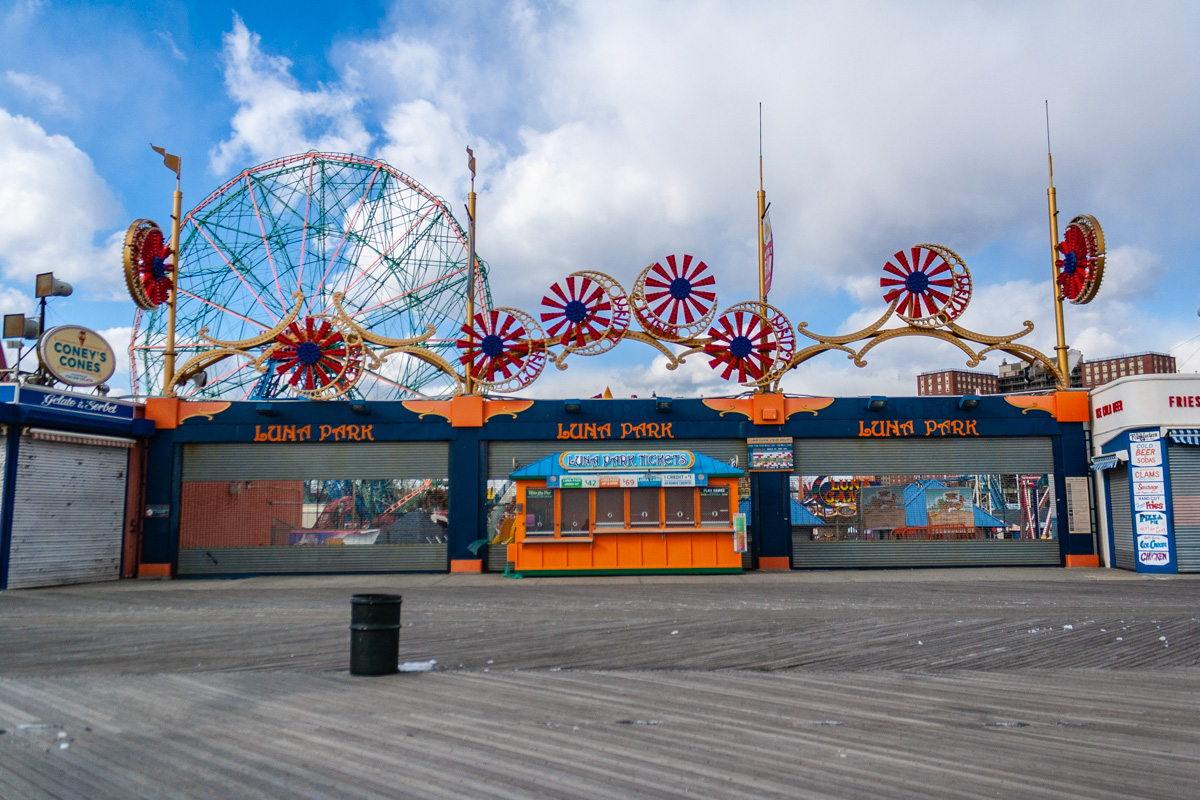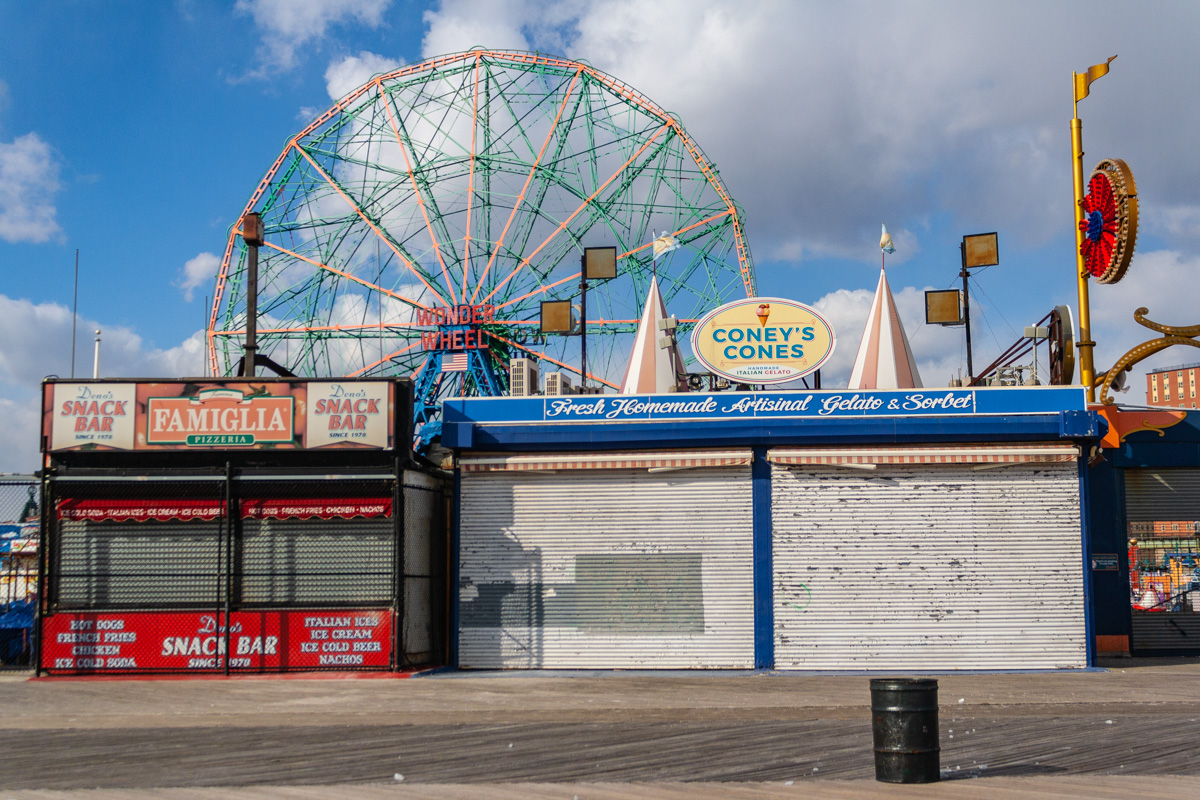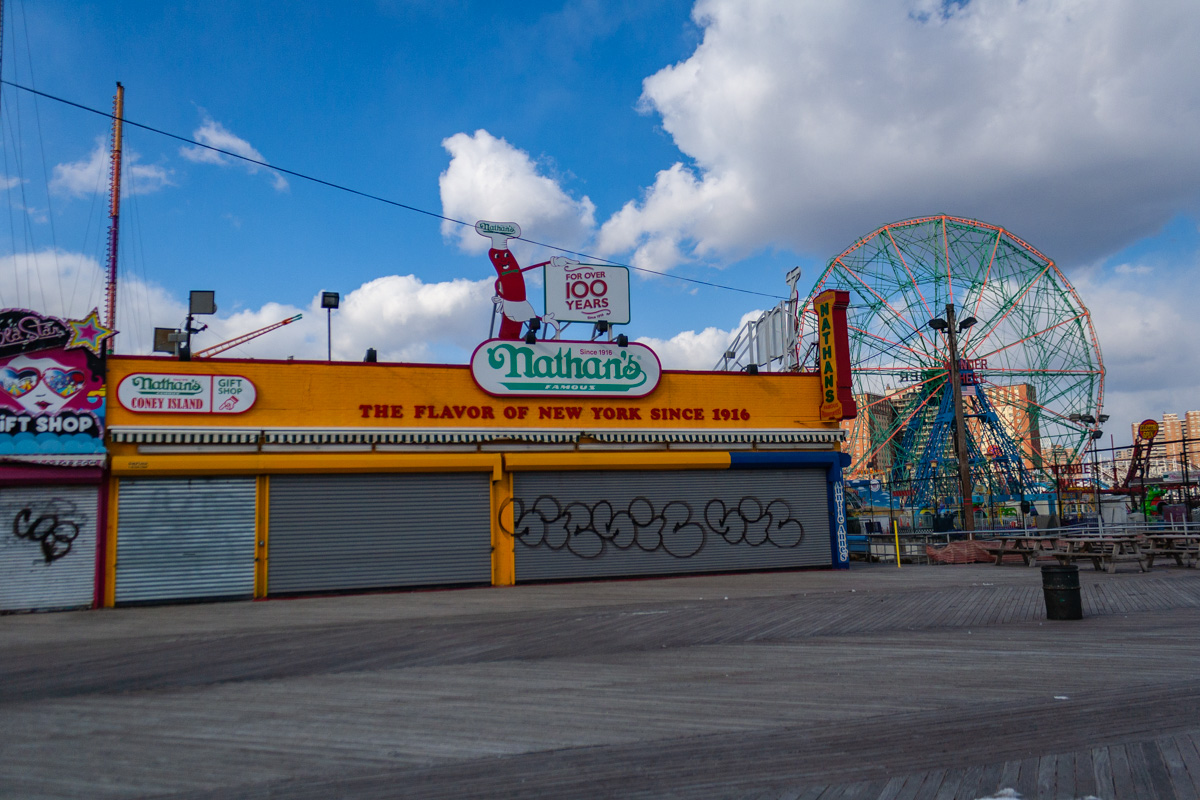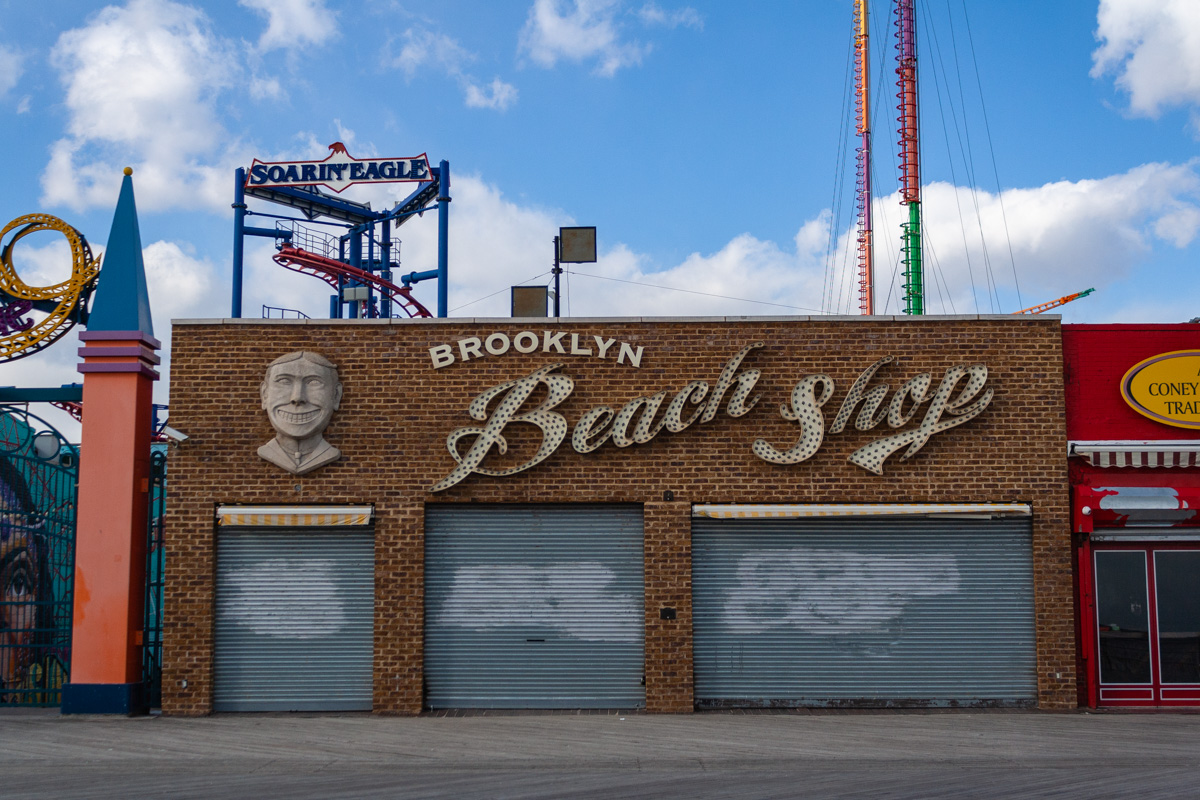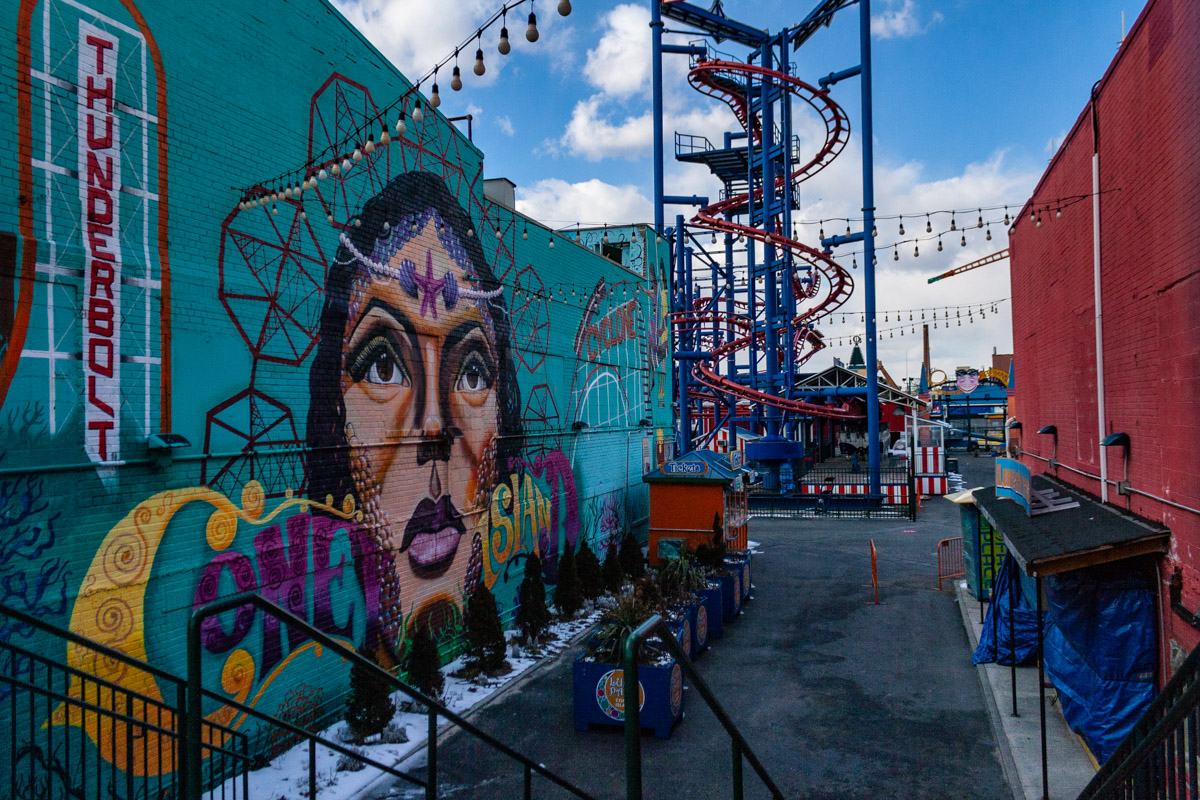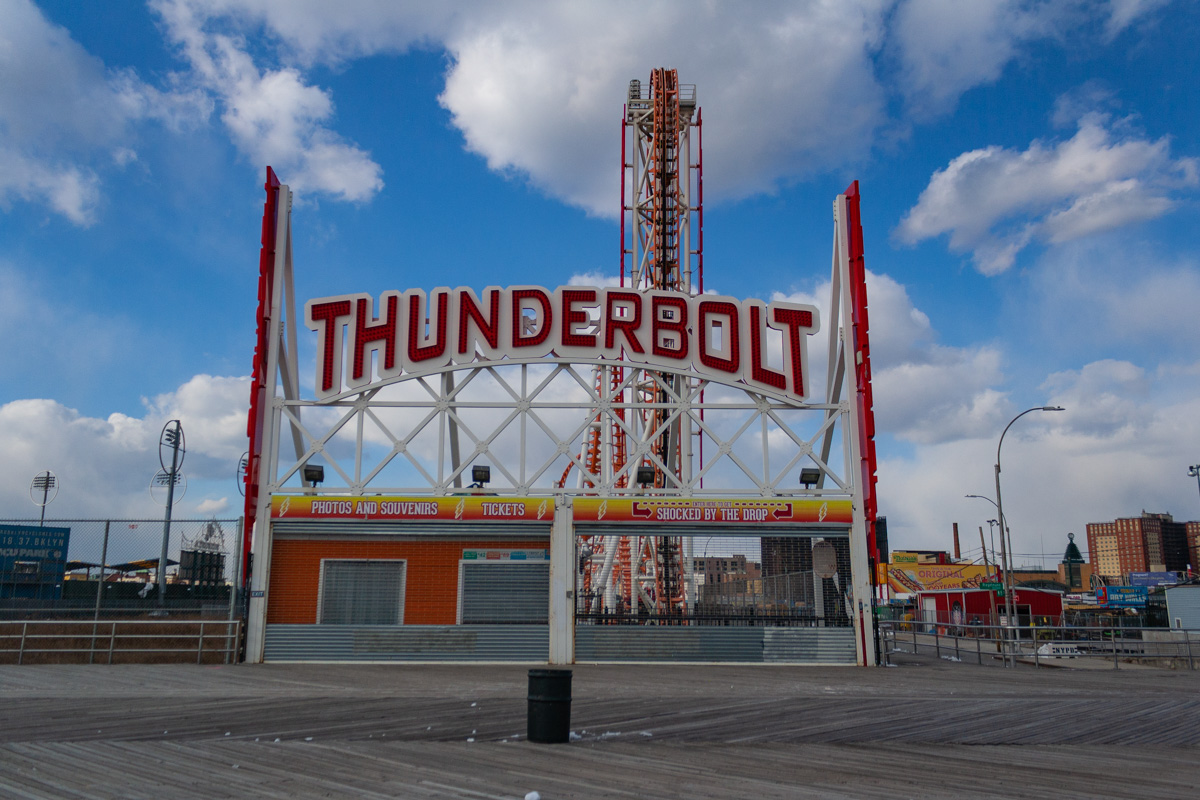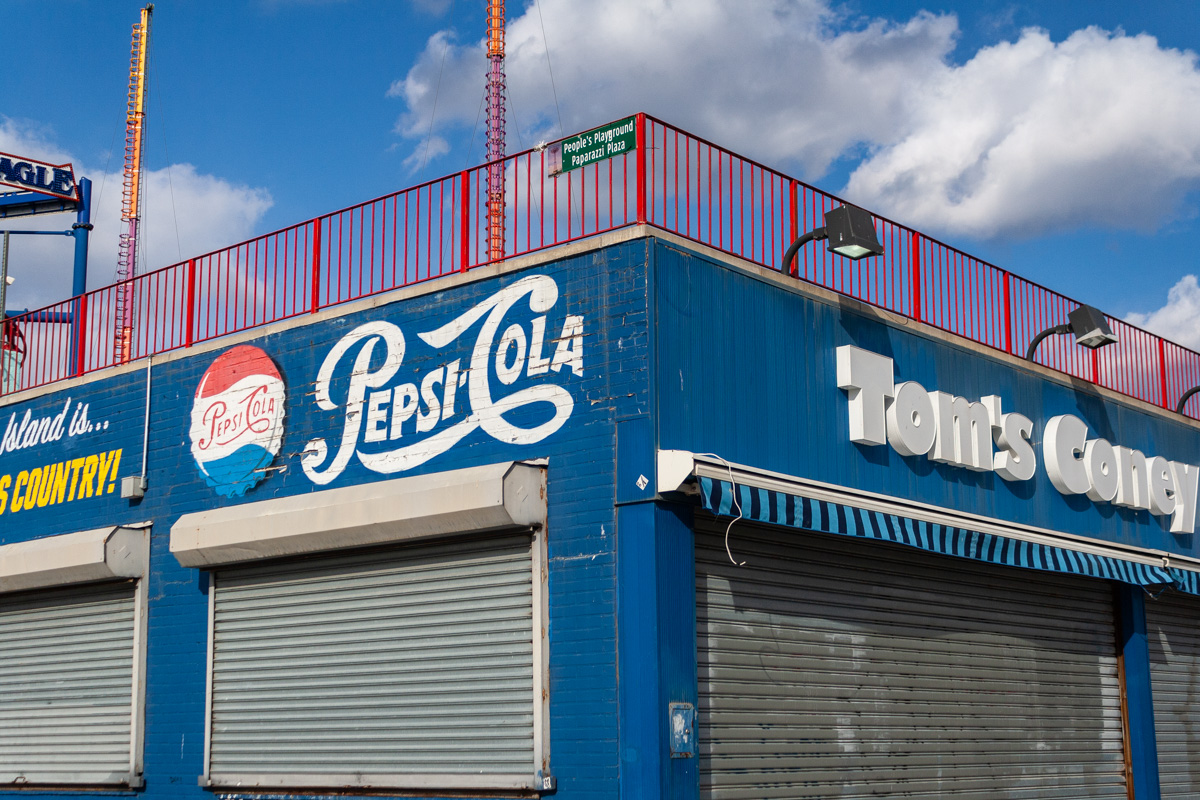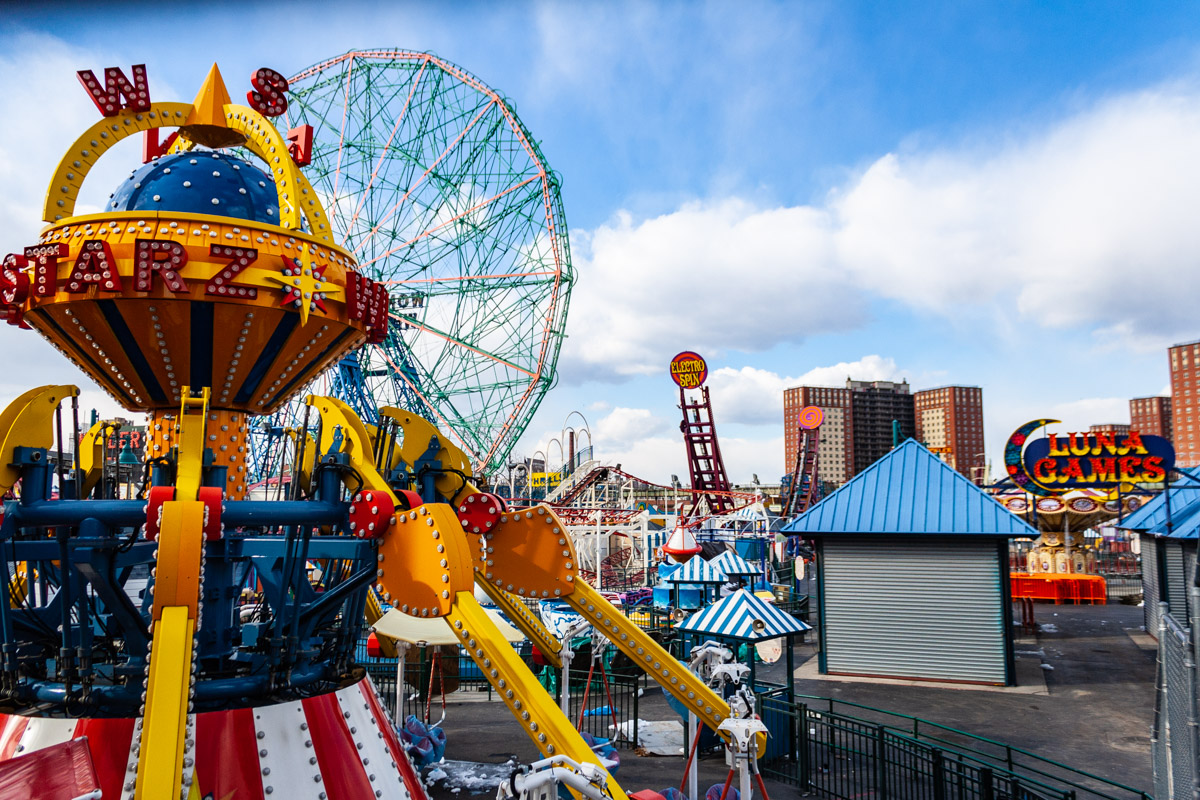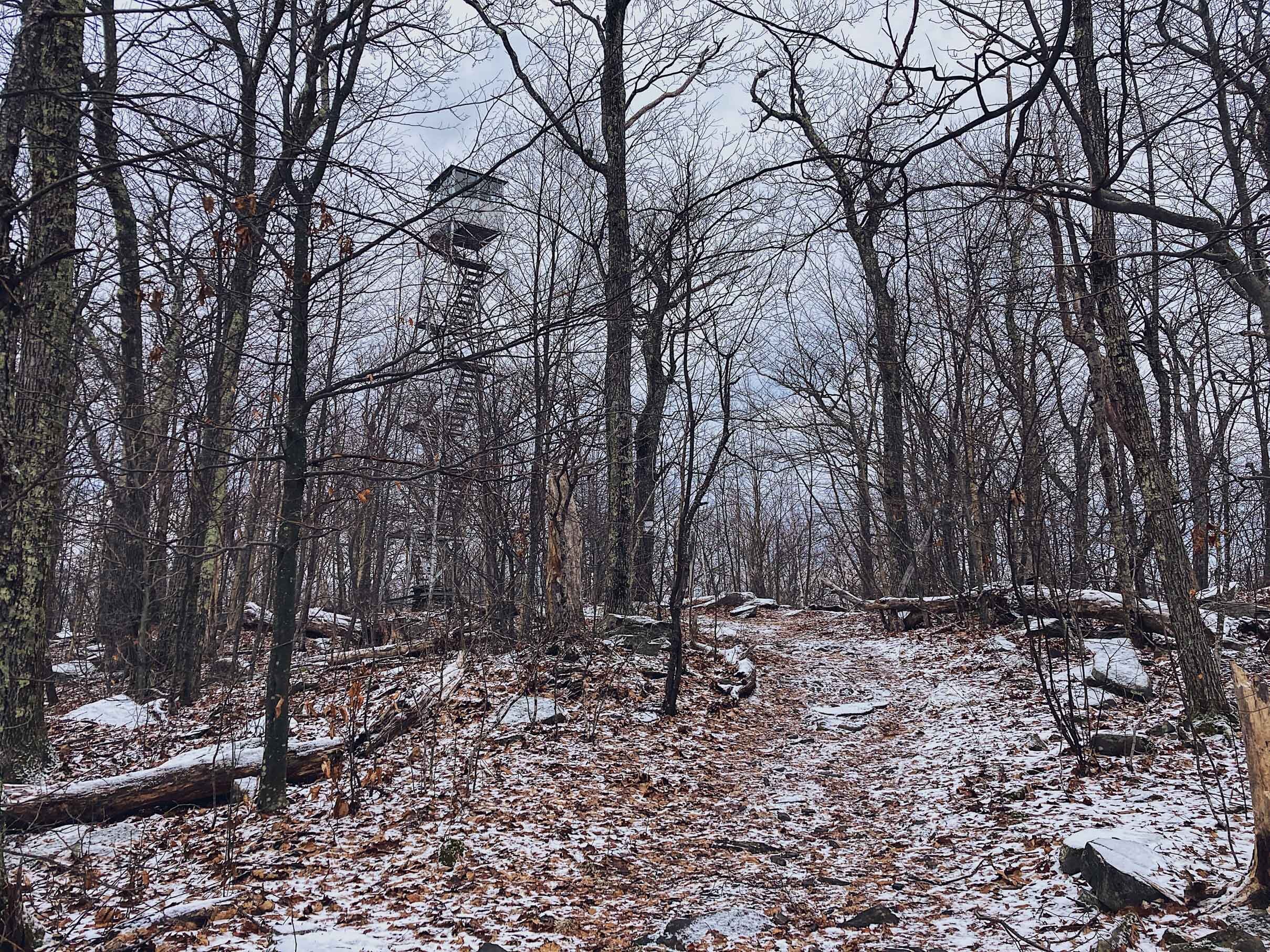March 30th, 2019. Central Park
Signs of Spring
Budburst and Leafout
When I lived in Alaska the timing of spring was maybe more apparent compared to what it is here, in New York City. Fairbanks, AK, usually has some snow cover that lasts from October to April, sometimes even May. There are two main factors that drive a plant species budburst and leafout, temperature and light. In Fairbanks you get the right amount of light pretty early (late February-early March), so most of the time the plants are sitting around waiting for the ideal temperature. Once the warmer weather comes along and the plants accumulate enough warmth you will see budburst and leafout. The warmer temperature acts as a cue for the plant, and triggers physiological changes that starts the budburst. Leafout is so apparent around Fairbanks that you can see a change in color of the deciduous trees between morning and afternoon. You can leave town for a week during end of winter and come back to summer. I have posted the video below before, and it shows how fast spring comes and evolve in Fairbanks. It really is remarkable to see spring happen this fast, and I haven’t seen it anywhere else.
May 26th, 2013 Alaska:
April 26th, 2014 Alaska:
May 3rd, 2014. Alaska:
April 25th, 2015. Alaska:
2017 we went back to Alaska and skied in Denali on April 1st, it was an extraordinary warm spring there then, something that keeps repeating itself again, and again, and yet again. Of course it makes you extremely happy after a long dark winter, but at the same time it definitely makes you worried. Worried not only about the danger to local communities that a warm spring brings (open water instead of ice covered streams along common travel routes), but also the ecological consequences, and the possibility for a phenological mismatch to occur.
April 1st, 2017. Alaska:
Currently Alaska is experienced the highest increase in temperature world wide, and it is projected to increase into the future as well. In a state where light usually is not a problem, a shift in temperature in the early spring can be devastating for certain species. Scientists often talk about the term phenological mismatch. When two or more life cycles, of certain species that generally overlap, all of a sudden don’t overlap any longer, this results in a phenological mismatch. What this means, is that certain species are dependent on other species, let it be insects that are crucial for certain bird species once they arrive or native bird species that depend on the insects for their hatchlings. Or insects that hatch on time to get their life-cycle timed with certain flowering plants. If one or the other is delayed or sped up, and synchrony is disrupted, it can be detrimental for certain species. We know that changes in the lower level of the ecosystem chain, can have huge effect on the upper level. Just last week Alaska broke the record of the earliest warmest day when it hit 70 degree F.
Flowering Magnolia in Madison 2018:
This past weekend we walked through Central Park and got a first look at spring here. The Magnolia is already blooming, in Madison that didn’t happen until mid-April and in Alaska snow is usually still on the ground right now as I mentioned earlier. But, then again, it’s all a matter or temperature once the sunlight is sufficient. This was also one of the first times I really felt like a New Yorker. The feeling that I am not just here for the weekend, the week, this month or the next 6 months. I never know how to identify myself after I move to a new city, especially now when I have been in the US for so long. If people ask me where I am from, should I say Madison, Fairbanks, New York or Stockholm. Who am I really, and why do we always identify ourselves with the origin of our lives? I guess in one sense we are all shaped by our origins, but at one point we will have lived longer somewhere else other than our birth place, and who are we then? There is a quote that I really like, from a Salomon running movie about Anna Frost, about home that really identifies how I feel about Home. I don’t know where the quote originated from, or if it’s a mix of several quotes put together.
“Maybe your country is only a place you make up in your mind, something you dream about and think about. Maybe it’s not a place on the map at all, but just a story full of people you meet and places you visited. Maybe Home is just a collection of memories and our roots, based on nostalgia”
Central Park March 30th, 2019:
What are the signs of spring where you are, and did spring come early?










